We’ve all been there—relaxing at home when suddenly, you hear that unmistakable sound: your cat throwing up. It can be alarming and leave you wondering, “What to do when a cat throws up?” Don’t worry, you’re not alone. This common issue can be caused by various factors, from minor to serious. In this article, we’ll explore why cats throw up, immediate steps to take, and preventive measures to keep your furry friend healthy. Understanding how to handle and prevent vomiting can help ensure your cat’s well-being and your peace of mind.
Understanding Cat Vomiting
Why Does My Cat Throw Up?
Vomiting in cats is a common problem that can result from various causes. Understanding these causes can help you determine the best course of action for your feline friend.
Causes:
- Hairballs: Cats often ingest hair while grooming. This hair can accumulate in their stomach and eventually be vomited up.
- Diet: A sudden change in diet or food intolerance can upset your cat’s stomach and cause vomiting.
- Eating Too Fast: Some cats eat their food too quickly, which can cause them to regurgitate it shortly after.
- Medical Issues: More serious causes of vomiting include infections, parasites, kidney disease, or other underlying health problems.
Normal vs. Abnormal Vomiting:
- Occasional Vomiting: If your cat vomits occasionally but seems otherwise healthy, it might not be a cause for concern. Hairballs or mild dietary indiscretions can lead to infrequent vomiting.
- Chronic Vomiting: If your cat vomits frequently or shows other signs of illness (lethargy, weight loss, diarrhea), it’s important to consult a veterinarian. Chronic vomiting can indicate a more serious medical issue that needs attention.
 Additional Important Issues
Additional Important Issues
Environmental Factors
Changes in the home environment can significantly impact your cat’s health and lead to vomiting. Introducing new furniture, rearranging rooms, or having guests over can create stress for your cat. This stress can cause gastrointestinal upset, resulting in vomiting. To mitigate this, ensure that your cat has a quiet, safe space to retreat to during times of change. Gradually introduce new elements into their environment and provide familiar items like their bed or favorite toys to help them feel secure.
Behavioral Changes
Observing your cat’s behavior can provide early warning signs before vomiting occurs. Changes such as increased hiding, reduced appetite, excessive grooming, or vocalizing differently can indicate that something is wrong. Paying attention to these subtle shifts can help you address potential issues before they lead to vomiting. Keep a journal of any behavioral changes and discuss them with your vet to determine if they are related to health concerns.
Holistic Approaches
Holistic and alternative treatments can be effective in managing and preventing vomiting. These include:
- Acupuncture: This ancient practice can help with gastrointestinal issues by improving energy flow and reducing stress.
- Herbal Remedies: Herbs like slippery elm and chamomile can soothe the digestive tract and reduce inflammation.
- Homeopathy: Homeopathic remedies tailored to your cat’s specific symptoms can provide gentle relief.
- Probiotics: Adding probiotics to your cat’s diet can promote a healthy gut flora balance, improving digestion.
Always consult with a veterinarian experienced in holistic medicine before starting any alternative treatments.
Detailed Case Studies
Case Study 1: Hairball Management
- Problem: A long-haired cat named Whiskers frequently vomits hairballs.
- Solution: Regular grooming and adding a hairball control formula to his diet reduced the frequency of hairballs.
- Outcome: Whiskers’ vomiting episodes decreased significantly, improving his overall health.
Case Study 2: Dietary Adjustment
- Problem: Luna, a short-haired cat, vomited after eating her usual kibble.
- Solution: Switching to a grain-free, high-quality protein diet and feeding smaller, more frequent meals.
- Outcome: Luna’s vomiting stopped, and she showed increased energy levels.
Nutritional Analysis
Certain ingredients in cat food can trigger vomiting. Common culprits include:
- Fillers: Corn, wheat, and soy can be hard for some cats to digest.
- Artificial Additives: Preservatives, colors, and flavors can upset sensitive stomachs.
- Dairy Products: Many cats are lactose intolerant and can’t vomit after consuming dairy.
Recommendations:
- Select high-quality cat food that lists real meat as the primary ingredient.
- Avoid foods with fillers and artificial additives.
- Opt for grain-free options if your cat has a sensitive stomach.
Immediate Actions to Take
Immediate Steps for What to Do When Cat Throws Up
When your cat throws up, taking the right immediate actions can make a big difference in their comfort and health. Here’s what you should do immediately:
Safety First:
- Stay Calm: Your cat might be anxious after vomiting. Staying calm can help soothe them and prevent further stress. Speak in a soft, reassuring voice and avoid sudden movements.
- Isolate the Cat: Gently move your cat to a quiet, comfortable area where they feel safe. This can be a separate room or a cozy spot away from other pets and distractions. Isolation helps keep your cat calm and prevents them from spreading vomit around the house.
- Check for Hazards: Ensure there are no dangerous objects or substances around that could harm your cat. Remove any small objects, plants, or chemicals that your cat could accidentally ingest. This is especially important if the vomiting was triggered by something in their environment.
Clean-Up Tips:
- Act Quickly: Clean up the vomit as soon as possible to prevent stains and odors. Prompt action also reduces the risk of your cat or other pets coming into contact with the vomit, which can be unsanitary.
- Use Paper Towels: Scoop up the solid parts of the vomit with paper towels. Dispose of them in a plastic bag to contain any odors and bacteria. Avoid using cloth towels for the initial clean-up as they can spread the mess around.
- Blot the Area: Blot the affected area with a clean cloth or paper towel to absorb any remaining liquid. Press down gently to lift the moisture without rubbing, which can push the vomit deeper into carpets or fabrics.
- Sanitize: Use a pet-safe cleaner to thoroughly sanitize the area. Pet-safe cleaners are formulated to break down organic matter without using harsh chemicals that could be harmful to your cat. For best results, follow the instructions on the cleaner.
- Remove Odor: Sprinkle baking soda on the cleaned area to neutralize any lingering odors. Allow the baking soda to sit for 15-20 minutes, then vacuum it up. This helps eliminate smells that might attract your cat back to the same spot.
When to See a Vet
When to Contact the Vet for Cat Vomiting
While occasional vomiting can be normal for cats, certain symptoms indicate a more serious issue that requires prompt veterinary attention. Knowing when to call the vet can be crucial for your cat’s health.
Warning Signs:
Blood in Vomit:
- Description: Blood in your cat’s vomit can appear as fresh red streaks or look like coffee grounds (indicating partially digested blood).
- Action: Blood is a sign of internal bleeding or severe irritation, and you should contact your vet immediately.
Lethargy:
- Description: Lethargy means your cat is more tired than usual, and showing little interest in normal activities like playing or eating.
- Action: Persistent lethargy after vomiting could indicate a serious underlying issue. A vet should evaluate this symptom, especially if it lasts more than a day.
Dehydration:
- Description: Signs of dehydration include sunken eyes, dry mouth, sticky gums, and skin that doesn’t quickly return to place when pinched.
- Action: Dehydration can quickly become life-threatening. If your cat is showing signs of dehydration, seek veterinary help immediately.
Frequent Vomiting:
- Description: Vomiting more than once a day or for multiple days in a row is a cause for concern.
- Action: Chronic or repeated vomiting can lead to severe dehydration and nutrient loss, requiring veterinary intervention.
Other Symptoms:
- Description: Additional symptoms to watch for include diarrhea, loss of appetite, weight loss, difficulty breathing, or changes in behavior.
- Action: These symptoms, combined with vomiting, suggest a more severe condition that needs prompt medical attention.
Health History:
Chronic Conditions:
- Description: Cats with conditions like kidney disease, diabetes, hyperthyroidism, or gastrointestinal disorders may vomit more frequently as part of their illness.
- Action: Regular monitoring and early intervention are crucial for cats with chronic conditions. Inform your vet of any changes in vomiting patterns.
Age Factor:
- Description: Kittens and senior cats are more vulnerable to the effects of vomiting due to their less robust immune systems and lower reserves of body fluids and nutrients.
- Action: Be especially vigilant with very young or old cats. Seek veterinary advice at the first sign of trouble to prevent rapid deterioration.
Previous Incidents:
- Description: If your cat has a history of vomiting, it might indicate an underlying problem that hasn’t been fully addressed.
- Action: Keep a detailed record of vomiting incidents, including frequency, appearance, and any other symptoms. This information can help your vet diagnose the issue more effectively.
Additional Important Issues
Emotional Impact on Owners
Addressing the Stress and Concern: When a beloved pet vomits, it can be distressing for owners. The sight of your cat in discomfort, combined with concerns about underlying health issues, can cause significant anxiety. It’s important to remain calm and understand that occasional vomiting can be normal. Reassure yourself with the knowledge that many cases of vomiting can be resolved with simple changes and veterinary guidance. Establishing a clear action plan for when your cat vomits can also provide peace of mind.
Support Strategies:
- Educate Yourself: Learn about common causes and preventive measures.
- Connect with Other Cat Owners: Online forums and local cat clubs can provide support and shared experiences.
- Seek Professional Advice: Don’t hesitate to contact your vet if you’re unsure about your cat’s health.
Cost of Treatment
Realistic Overview of Potential Veterinary Costs: Veterinary treatment costs for cat vomiting can vary widely, depending on the underlying cause. Simple cases might only require an office visit and medication, costing around $50 to $100. More complex issues, such as chronic conditions or the need for diagnostic tests (bloodwork, X-rays), can run from $200 to $500 or more. In severe cases requiring surgery or long-term treatment, costs can escalate to several thousand dollars.
Managing Costs:
- Pet Insurance: Consider investing in pet insurance to cover unexpected medical expenses.
- Savings Plan: Set aside a small amount each month to build a fund for veterinary care.
- Payment Plans: Some vets offer payment plans or financing options.
Long-Term Care Plans
Creating a Long-Term Care Plan: For cats with chronic vomiting issues, a long-term care plan is essential. This plan should include regular veterinary check-ups, dietary management, and ongoing monitoring of your cat’s condition.
Guidance:
- Regular Vet Visits: Schedule consistent check-ups to monitor your cat’s health.
- Diet Management: Work with your vet to establish a diet that minimizes vomiting.
- Symptom Tracking: Keep a detailed log of vomiting episodes, including frequency, triggers, and accompanying symptoms.
Accessibility to Veterinary Care
Options for Limited Access: Not all owners have immediate access to veterinary care, whether due to location, financial constraints, or other reasons. However, there are still options available:
- Telemedicine: Many veterinarians offer telemedicine consultations, which can provide guidance and initial assessments without a physical visit.
- Mobile Vet Clinics: Look for mobile veterinary services that travel to your area.
- Local Resources: Research local animal shelters or rescue organizations that may offer low-cost veterinary services.
- First Aid Kits: Keep a pet first aid kit on hand with essentials like a digital thermometer, antiseptic wipes, and a supply of prescribed medications.
Cultural and Lifestyle Considerations
Advice for Different Living Situations: Cats’ needs can vary significantly based on their living environment. Tailoring your approach to your specific situation can help manage and prevent vomiting.
- Multi-Cat Households: Monitor each cat individually, as competition for food or stress from other cats can trigger vomiting. Set up multiple feeding stations and provide separate quiet spaces for each cat.
- Apartment Living: Ensure your cat has plenty of enrichment activities to reduce stress. Create vertical spaces with cat trees and shelves to increase their territory.
- Outdoor Access: If your cat goes outdoors, be aware of potential toxins and ensure they are up-to-date on vaccinations and parasite control. Monitor their outdoor activities to reduce the risk of ingesting harmful substances.
Preventive Measures
Preventing Cat Vomiting in the Future
Taking proactive measures can greatly reduce the chances of your cat vomiting. Here are some effective preventive measures:
Diet Changes:
- High-Quality Food: Make sure your cat is consuming a high-quality, balanced diet that fulfills their nutritional requirements. Look for foods with easily digestible ingredients and avoid fillers and artificial additives.
- Slow Feeding: If your cat eats too quickly, try using a slow feeder bowl or puzzle feeder. These tools can help slow your cat’s eating pace, lowering the risk of regurgitation.
- Frequent Small Meals: Instead of one or two large meals, feed your cat smaller, more frequent meals throughout the day. This can help prevent an upset stomach and reduce vomiting.
- Dietary Adjustments: If your cat has a sensitive stomach, consider switching to a diet formulated for digestive health. Consult your vet for recommendations on the best food for your cat’s specific needs.
Routine Care:
- Regular Grooming: Regular grooming is essential to reduce the amount of hair your cat ingests while grooming themselves. Brush your cat daily, especially if they have long hair or shed a lot. This helps prevent hairballs, a common cause of vomiting.
- Hydration: Ensure your cat is well-hydrated. Freshwater should always be available. Since some cats prefer running water, consider using a pet fountain.
- Exercise and Play: Keep your cat active with regular play and exercise. Physical activity helps maintain a healthy digestive system and overall well-being.
- Parasite Control: Regularly check your cat for parasites and keep up with vet-recommended deworming schedules. Parasites can cause vomiting and other health issues.
- Monitor Environment: Keep hazardous items out of your cat’s reach. This includes small objects, toxic plants, and chemicals that your cat might accidentally ingest.
- Routine Vet Visits: Regular check-ups with the vet can help catch any potential health issues early. Discuss any concerns about vomiting with your vet to ensure your cat remains healthy.
Home Remedies and Care Tips
Home Remedies for Cat Vomiting
When your cat is experiencing mild, occasional vomiting, there are several home remedies and care tips you can try to help soothe their stomach and ensure they stay hydrated.
Safe Remedies:
- Bland Diet: After your cat vomits, withhold food for 12-24 hours to let their stomach settle. Then, gradually introduce a bland diet, such as boiled chicken (without seasoning) and plain white rice. Offer small portions several times a day.
- Pumpkin: Plain, canned pumpkin (not pie filling) is a great source of fiber that can help with digestion. Mix a small amount (1-2 teaspoons) into your cat’s food.
- Ginger: Ginger has natural anti-nausea properties. You can add a tiny pinch of powdered ginger to your cat’s food or offer a small amount of ginger tea.
- Slippery Elm Bark: This herb can help soothe the digestive tract. Mix a small amount of slippery elm bark powder with water to create a paste, and offer it to your cat. Check with your vet for the proper dosage.
- Probiotics: Adding a probiotic supplement to your cat’s diet can promote healthy gut bacteria and improve digestion. Choose a probiotic formulated for cats and follow the dosage instructions.
Hydration Tips:
- Fresh Water: Make sure your cat always has access to fresh, clean water. Replace the water daily and wash the bowl regularly to prevent bacterial buildup.
- Broth: Offer a small amount of low-sodium chicken or beef broth to encourage your cat to drink more. Avoid broths with onions or garlic, as these are toxic to cats.
- Wet Food: Incorporate more wet food into your cat’s diet to increase their overall water intake. Wet food contains more moisture than dry kibble.
- Ice Cubes: Some cats enjoy licking ice cubes. Place a few in their water bowl or offer them separately to encourage hydration.
- Electrolyte Solutions: In cases of significant fluid loss, such as after multiple vomiting episodes, an electrolyte solution formulated for pets can help rehydrate your cat. Consult your vet for recommendations and proper usage.
Common Myths and Misconceptions
Debunking Myths About Cat Vomiting
There are many myths and misconceptions surrounding cat vomiting that can lead to confusion and improper care. Let’s debunk some of the most common myths and clarify the facts with expert opinions.
Myth-Busting:
- Myth 1: Cats Vomit to Cleanse Their System
- Reality: While some believe that vomiting is a natural way for cats to cleanse their system, frequent vomiting is not normal and often indicates an underlying health issue. Regular vomiting should not be ignored and warrants a vet visit.
- Myth 2: Hairballs Are Always the Cause
- Reality: Although hairballs are a common cause of vomiting in cats, they are not the only reason. Diet, allergies, infections, and other medical conditions can also cause vomiting. It’s important to consider all possible causes and seek veterinary advice if vomiting persists.
- Myth 3: It’s Okay if Cats Vomit Occasionally
- Reality: While occasional vomiting might not always be serious, it’s not something to dismiss outright. Even occasional vomiting can be a sign of an underlying issue, such as dietary intolerance or mild gastrointestinal distress. Monitoring and consulting with a vet can help identify and address the root cause.
- Myth 4: Switching Food Frequently is Fine
- Reality: Frequent changes in a cat’s diet can lead to stomach upset and vomiting. It’s best to introduce new foods gradually, mixing them with the old food over several days to allow your cat’s digestive system to adjust.
- Myth 5: Vomiting is Normal for Older Cats
- Reality: Aging does not make vomiting normal or acceptable. Older cats may be more prone to certain health issues that cause vomiting, but this should not be considered a normal part of aging. Regular vet check-ups are crucial to address any age-related health problems.
Expert Opinions:
- Veterinarian Dr. Jane Smith: “Vomiting in cats can be caused by a range of factors, from dietary issues to serious medical conditions. It’s essential to pay attention to the frequency and accompanying symptoms. If your cat vomits more than once a week or shows other signs of illness, consult your veterinarian for a thorough examination.”
- Dr. John Doe, Feline Specialist: “A common misconception is that vomiting hairballs is just a part of being a cat. While hairballs are indeed common, regular vomiting of hairballs or food indicates that something may be wrong with your cat’s gastrointestinal health. Proper grooming and a balanced diet can help, but persistent issues should be evaluated by a vet.”
- Dr. Emily Davis: “Preventive measures such as regular grooming, a consistent diet, and staying hydrated are key to minimizing vomiting in cats. Owners should also be aware that behavioral changes, such as lethargy or changes in appetite, combined with vomiting, require veterinary attention.”
Conclusion
Knowing what to do when your cat throws up can make a significant difference in their health and well-being. By understanding the causes, taking immediate action, and recognizing when to seek veterinary care, you can ensure your feline friend gets the best possible care. Preventive measures like diet adjustments, regular grooming, and proper hydration are key to reducing vomiting incidents. Additionally, being aware of common myths and relying on expert advice can help you navigate this common issue more effectively. With these tips and insights, you’ll be well-prepared to keep your cat healthy and happy.
Related article: How to Make a Dog Throw Up After Eating Chocolate
FAQ’s
Why is my cat throwing up?
Cats can throw up for many reasons, such as hairballs, eating too fast, dietary changes, or underlying health issues. If vomiting is frequent or severe, it’s advisable to consult a vet.
What should I do immediately after my cat vomits?
Keep your cat calm and move them to a quiet area. Clean up the vomit promptly using pet-safe cleaners. Monitor your cat for any additional symptoms and ensure they have access to fresh water.
Are there home remedies for cat vomiting?
Yes, you can try feeding your cat a bland diet like boiled chicken and rice, offering plain canned pumpkin for digestion, and ensuring they stay hydrated.
How can I tell if my cat’s vomiting is serious?
Vomiting is serious if it happens frequently, is accompanied by other symptoms like lethargy or weight loss, or if there’s blood in the vomit. In these cases, see a vet as soon as possible.
What can I do if I can’t get to a vet immediately?
If you can’t get to a vet immediately, try to keep your cat comfortable and hydrated. You can consult online vet services for advice and keep an emergency pet first aid kit handy.
Is it normal for cats to vomit hairballs?
Occasional hairballs are normal for cats, especially long-haired breeds. Regular grooming can help decrease the frequency of hairballs. If hairballs are frequent or cause distress, consult your vet.




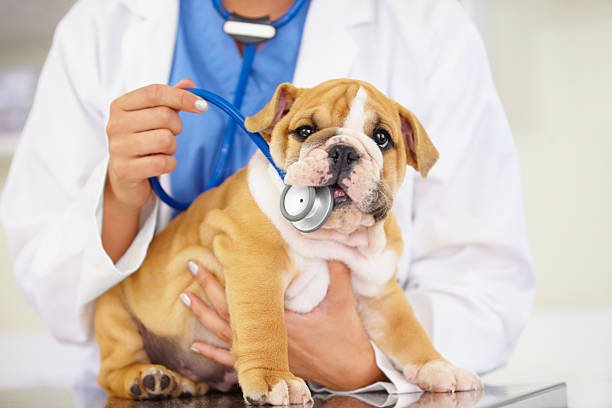


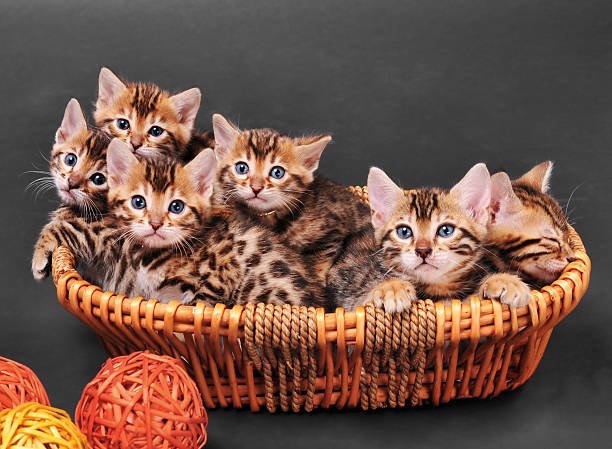
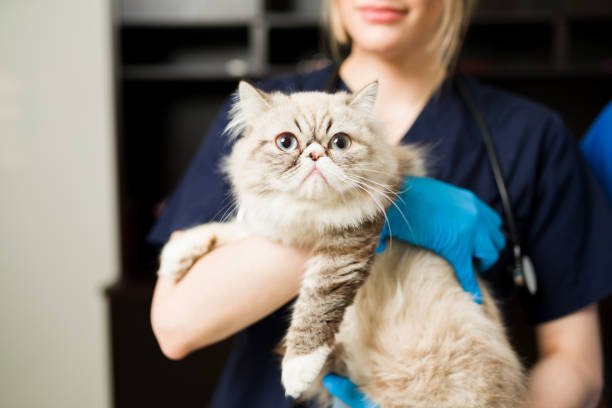
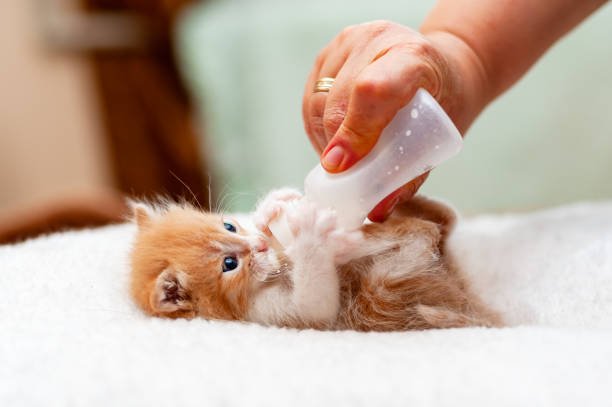
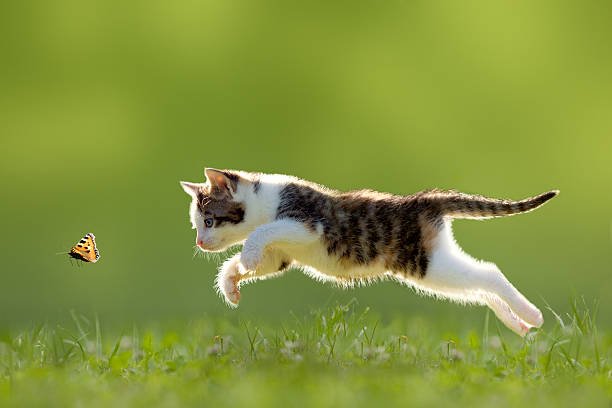
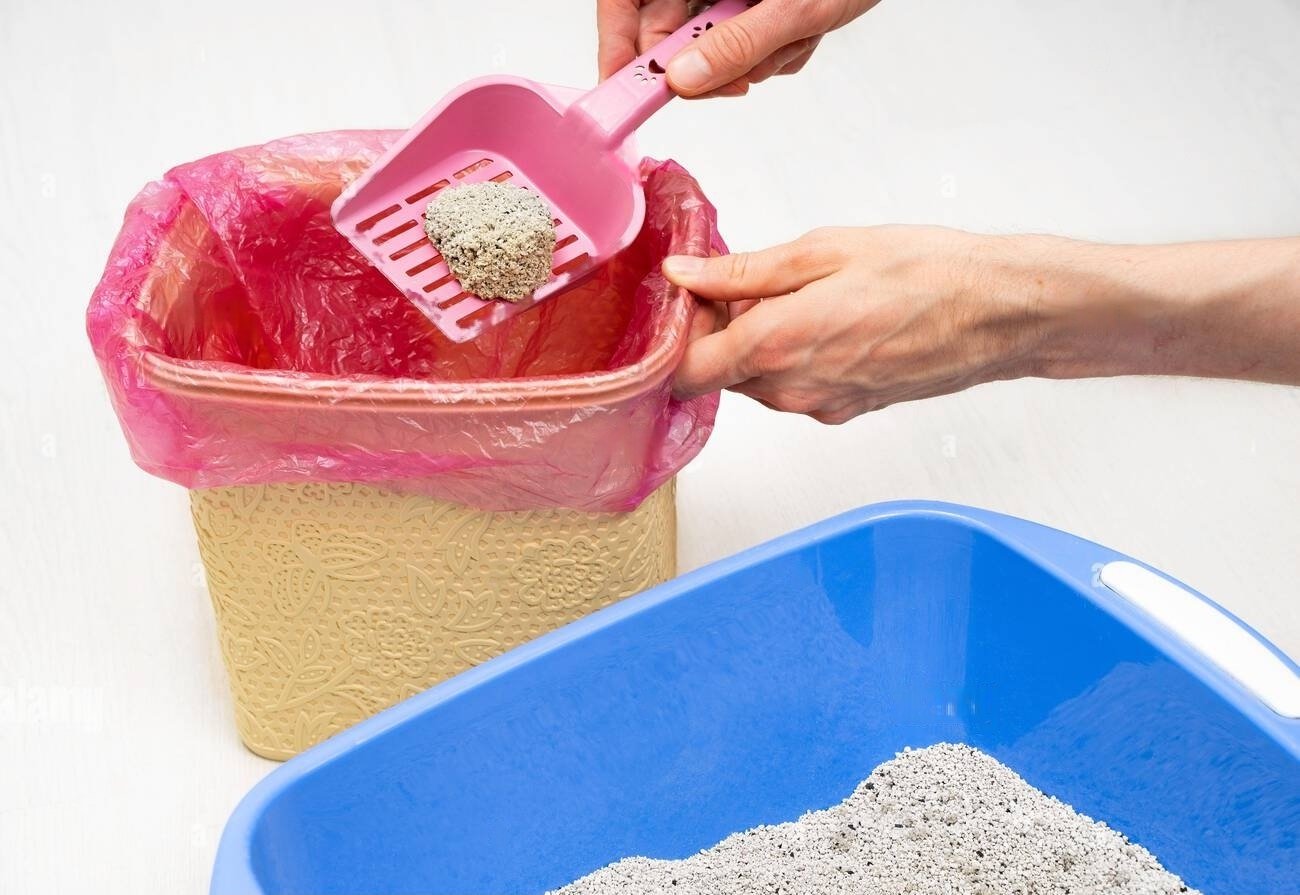
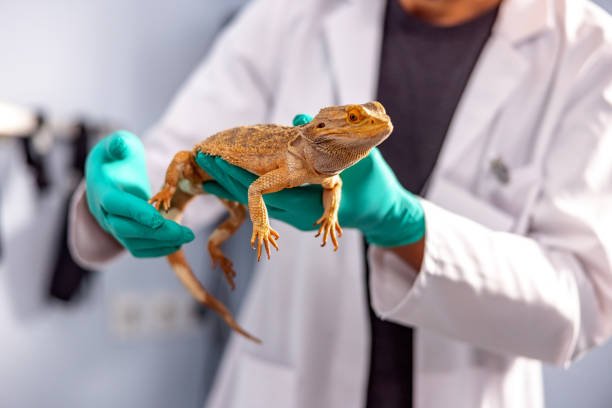
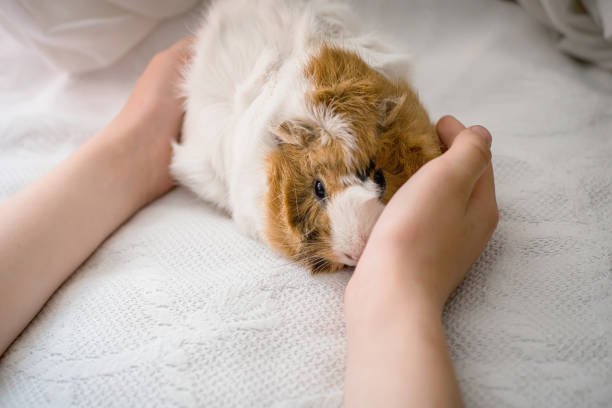
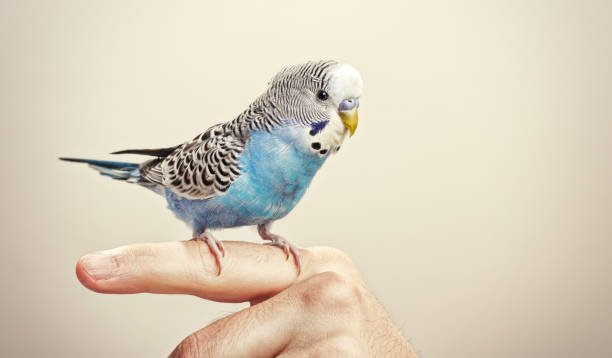

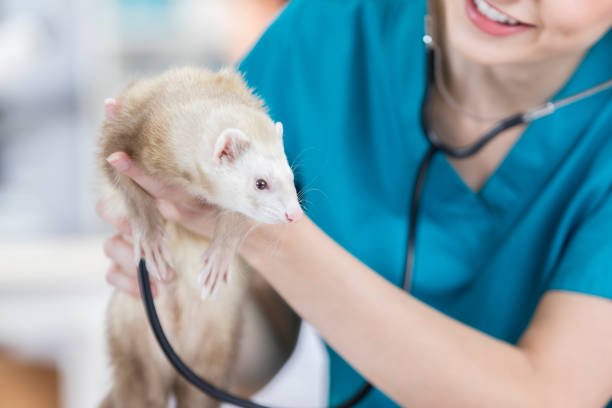

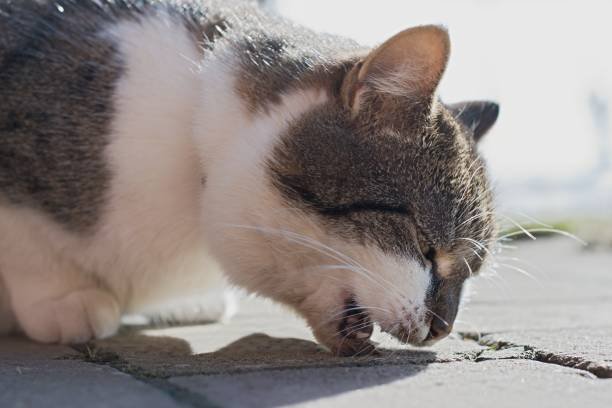 Additional Important Issues
Additional Important Issues


